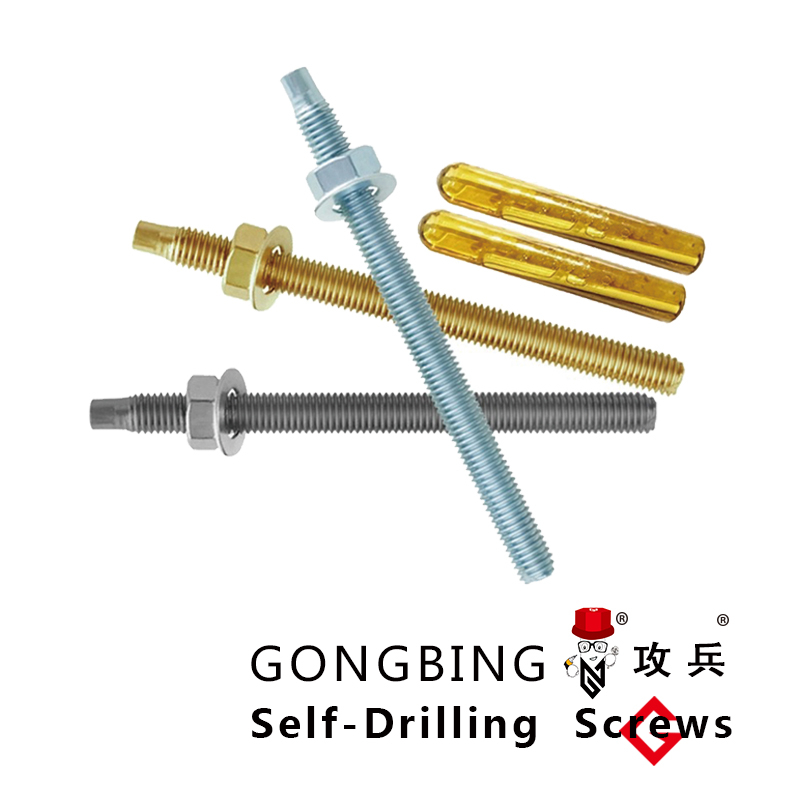Exploring Self-Embedding Techniques for Enhanced Machine Learning Models
Understanding Self-Embedding Screws A New Era in Fastening Technology
In the ever-evolving landscape of manufacturing and engineering, innovation plays a pivotal role in increasing efficiency and reliability. One of the latest advancements that has captured the attention of engineers and designers alike is the development of self-embedding screws. This novel fastening technology is not merely an evolution of conventional screws but represents a significant leap forward in how we approach fastening solutions.
What are Self-Embedding Screws?
Self-embedding screws are specialized fasteners designed to eliminate the need for pre-drilling or pilot holes in many applications. They are engineered with unique thread profiles and sharp tips that allow them to penetrate and embed themselves into substrates more effectively than traditional screws. This innovation offers numerous advantages, particularly in terms of installation speed and structural integrity.
The Design and Mechanism
The design of self-embedding screws is crucial to their effectiveness. These screws typically feature an aggressive thread design that helps in cutting through materials rather than forcing them apart, which is common with standard screws. Their tips are shaped to minimize resistance as they enter the material, reducing the torque needed for installation.
In materials such as wood, plastics, and even some metals, self-embedding screws are able to create a secure hold without the traditional preparation that involves drilling. This ability not only speeds up the assembly process but also decreases the risk of material splitting, a common issue with conventional screws.
Advantages of Self-Embedding Screws
1. Time Efficiency One of the most significant benefits of using self-embedding screws is the time saved during the fastening process. Without the need for pre-drilling, assembly time is reduced, leading to enhanced productivity in manufacturing and construction environments.
self embedding screws

2. Material Integrity Traditional screws may cause splitting or cracking, especially in softer materials like wood. Self-embedding screws, however, are designed to distribute stress more evenly across the material, enhancing the overall integrity of the assembly.
3. Versatility Self-embedding screws can be used in a variety of applications, from furniture assembly to automotive manufacturing. Their ability to work with multiple materials makes them a valuable addition to any toolbox.
4. Cost-Effectiveness By reducing the need for additional tools (like drills) and minimizing labor time, self-embedding screws can lower overall project costs. Additionally, the durability of these screws can reduce the need for future replacements, further saving money.
5. Improved Aesthetics The clean installation process leaves fewer visible marks or damage on the material surface, providing a neater finish in applications where appearance matters.
Considerations for Use
While self-embedding screws offer numerous advantages, there are considerations to keep in mind. The choice of screw must be appropriate for the material being fastened. For instance, using self-embedding screws in extremely hard materials may not yield the desired results, and compatibility should always be verified.
Furthermore, understanding the correct torque specifications is essential to avoid over-tightening, which could lead to failure or damage. It is recommended to conduct tests in the early stages of a project to determine the best practices for utilizing self-embedding screws in specific applications.
Conclusion
Self-embedding screws represent an exciting advancement in fastening technology, providing efficient, reliable, and versatile solutions to a range of applications. As industries continue to seek ways to enhance productivity and quality, the adoption of self-embedding screws is likely to grow. Embracing this technology not only reflects a commitment to innovation but also signifies a step towards building more efficient processes in manufacturing and construction. As more engineers and designers become aware of the advantages offered by self-embedding screws, we can expect to see their use proliferate across various sectors, revolutionizing the way we think about fastening solutions.
-
Weatherproof Plastic Expansion Anchors for OutdoorNewsJun.06,2025
-
Sustainability in the Supply Chain: Eco-Friendly TEK Screws ProductionNewsJun.06,2025
-
Load-Bearing Capacity of External Insulation FixingsNewsJun.06,2025
-
Double Head Bolts: Enhancing Efficiency in Industrial MachineryNewsJun.06,2025
-
Corrosion Resistance in Chipboard Screws: Coatings for Wholesale DurabilityNewsJun.06,2025
-
Butterfly Toggle Bolts : Enhancing Structural ResilienceNewsJun.06,2025
